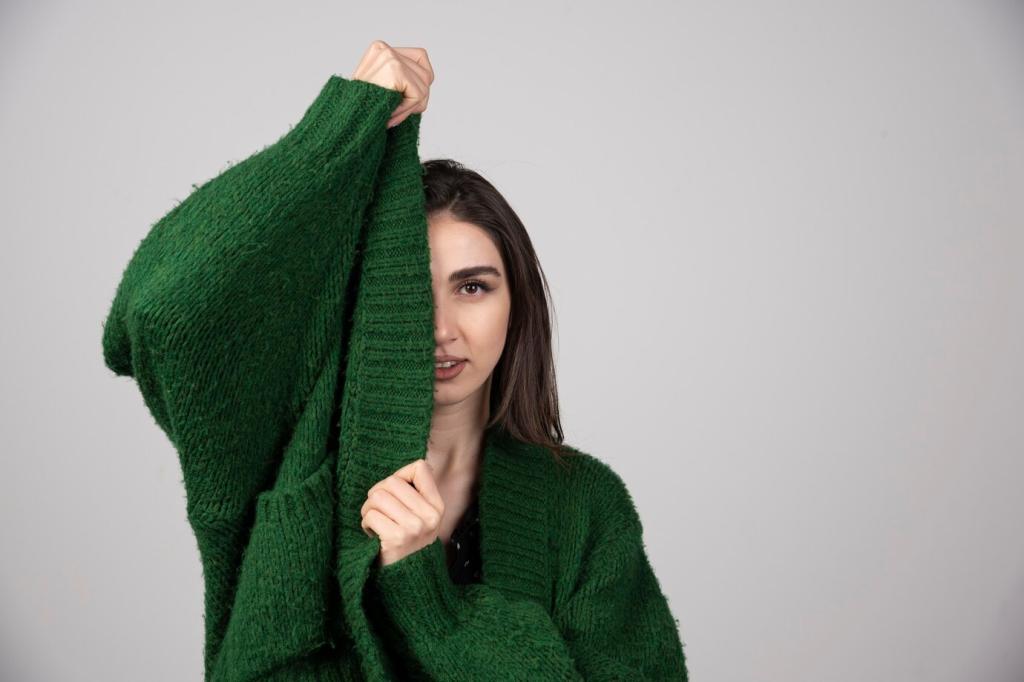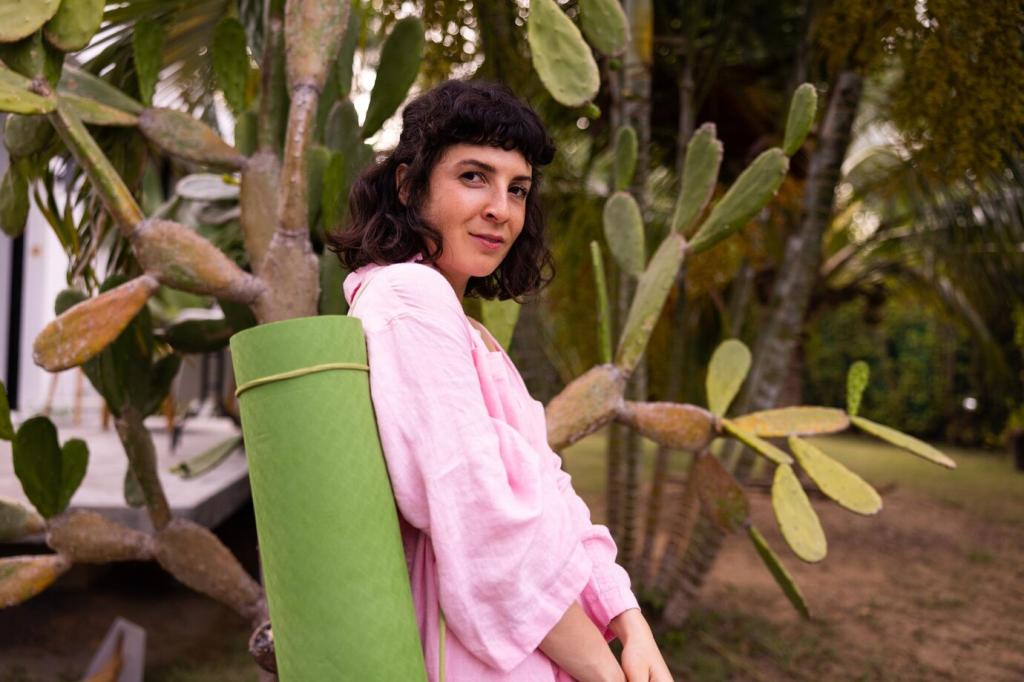The Rise of Slow Fashion: Embracing Quality Over Quantity
The world of fashion is undergoing a profound transformation as consumers become increasingly conscious of the hidden costs of their clothing choices. The concept of slow fashion has risen in response to concerns over environmental damage, unethical labor practices, and the fleeting nature of fast fashion trends. This web page explores the philosophy of slow fashion, how it challenges the status quo, and why choosing quality over quantity is not just a trend but a crucial movement towards a more sustainable and thoughtful way of living.
Origins of Slow Fashion
The origins of slow fashion can be traced back to increasing public awareness of the environmental and ethical problems caused by fast fashion. In the early 2000s, the mass production of inexpensive clothing led to a culture of overconsumption, with little regard for the people making the garments or the impact on the planet. Outraged by unjust working conditions and pollution, activists and designers began to advocate for a new approach: one that deliberately slows down the production process and reclaims craftsmanship, transparency, and respect for natural resources.
Principles That Define Slow Fashion
At its core, slow fashion emphasizes quality over quantity, ethical labor, and sustainable materials. The movement supports brands that invest in thoughtful design and responsible manufacturing, prioritizing durability and timeless style over fleeting trends. Slow fashion also encourages consumers to buy less but buy better—focusing on garments made to last. By valuing these principles, the industry and its patrons can collectively minimize waste, reduce their carbon footprint, and promote a healthier relationship with fashion.
Challenging a Fast Fashion World
Slow fashion is a response to the fast-paced, throwaway culture that currently dominates the global apparel industry. The challenge lies in disrupting a system built on excess and disposability. Slow fashion acknowledges the need for urgent change, inviting all stakeholders—designers, makers, retailers, and shoppers—to rethink the value placed on garments. While the transition isn’t easy, its impact grows as more people recognize their purchasing power and choose to invest in pieces that tell a story and make a difference.
Previous slide
Next slide

Reducing Environmental Footprints
One of the most compelling aspects of slow fashion is its commitment to reducing the environmental footprint of clothing. Unlike fast fashion, which relies heavily on synthetic materials and energy-intensive processes, slow fashion brands often choose organic, recycled, or renewable fibers. Techniques such as low-impact dyeing and water conservation further minimize harm, while local production reduces transportation emissions. Each thoughtful decision adds up, demonstrating that consciously created clothing can contribute to a cleaner and healthier planet.

Circular Fashion and Waste Reduction
Waste is one of the fashion industry’s gravest challenges. Each year, millions of garments end up in landfill due to poor quality and fleeting trends. Slow fashion supports a circular model: garments are designed for longevity, repair, and recyclability. This mindset not only extends the lifespan of individual pieces but also fosters creativity in reimagining or repurposing old clothing. By discouraging disposability, slow fashion plays a pivotal role in reducing the industry’s vast waste problem.

Ethical Material Sourcing
Material choices greatly influence a collection’s environmental toll. Slow fashion brands prioritize ethically sourced textiles, ensuring that raw materials are harvested in ways that protect ecosystems and support responsible farming communities. This means choosing natural fibers grown without harmful chemicals or upcycled fabrics that give new life to existing materials. The focus extends beyond the fabric itself, considering the entire lifecycle and advocating for full transparency within the supply chain.
Investing in Skilled Artisans
Integral to slow fashion is the belief that every garment should reflect the skill and dedication of its makers. Unlike the anonymous mass production lines of fast fashion, slow fashion supports small-scale workshops and independent artisans. This creates opportunities for fair wages and skilled employment while honoring traditional techniques passed down through generations. The outcome is clothing imbued with character, quality, and a sense of personal connection that mass-produced items simply can’t replicate.
Designing for Longevity
Timeless design is at the very core of slow fashion. Rather than succumbing to passing fads, slow fashion pieces are thoughtfully created to transcend seasons and trends. The focus is on classic silhouettes, versatile colors, and meticulous construction that stands up to repeated wear. When a piece is designed to last, it becomes a staple rather than an afterthought—encouraging consumers to cultivate a curated wardrobe filled with items they truly love and can rely on for years.
